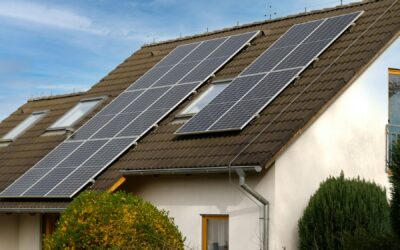Introduction
Investing in solar panels is not just an eco-friendly decision—it can also significantly improve your financial health. This guide provides a detailed look at calculating the return on investment (ROI) for solar panels, considering energy savings, increased home value, and government incentives.
1. Calculating Energy Savings
To start, estimate how much electricity your solar panels will generate annually and compare this with your current energy bills. Use your average electricity rate and the estimated kilowatt-hours (kWh) the system will produce (available from your installer). Calculate your annual savings by multiplying the total kWh by your electricity rate.
2. Increased Home Value
Studies have shown that homes with solar installations tend to sell for more than homes without. The increase in property value often equates to the total cost of the solar system. To estimate this benefit, research the value added by solar installations in your area or consult with a local real estate expert.
3. Government Incentives
Many governments offer incentives for solar panel installation, which can dramatically increase your ROI. These may include tax credits, rebates, and grants. Calculate these incentives by reviewing current government policies or using online calculators provided by local energy agencies.
4. Payback Period
The payback period is the time it takes for the savings from your solar panels to cover the initial investment. Calculate this by dividing the total cost of your solar system by your annual financial benefits (energy savings plus any incentives).
5. Long-Term Financial Analysis
Consider the lifespan of your solar panels—typically around 25 years. Subtract the payback period from this lifespan to find out how many years of pure profit you can expect. Additionally, factor in the potential increase in electricity rates, which can further enhance your savings over time.
6. Net Present Value and Internal Rate of Return
For a more sophisticated analysis, calculate the net present value (NPV) and internal rate of return (IRR) of your investment. These metrics take into account the time value of money, providing a clearer picture of the financial benefits.
Conclusion
By thoroughly assessing these factors, you can obtain a comprehensive understanding of the potential ROI from your solar panel investment. This will not only help you make a more informed decision but also maximize the financial benefits of shifting to solar energy. Remember, while the initial investment may seem high, the long-term savings and environmental benefits can be substantial.






0 Comments